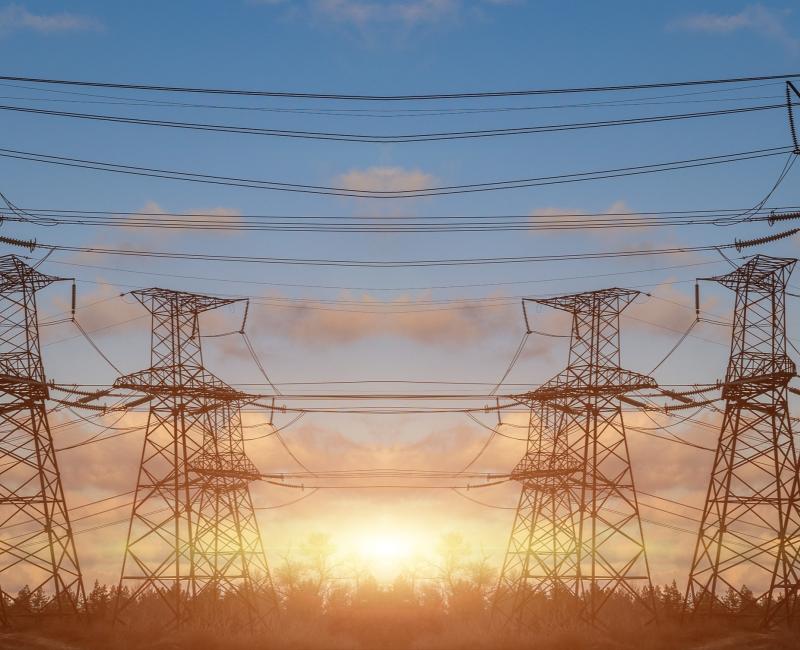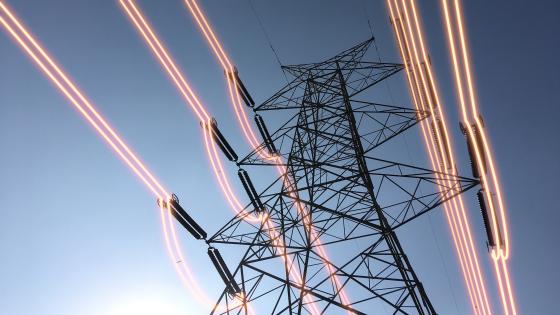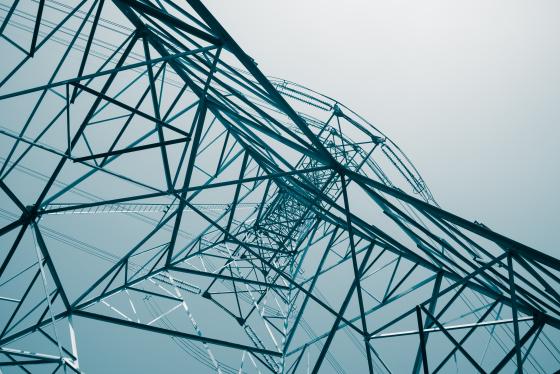The 3rd Package has moved the European energy sector an important step closer to establishing a single energy market in Europe, not only by strengthening the provisions in areas already addressed by previous Packages – for example, on network unbundling; powers and independence of energy regulators; and consumer rights – but also by envisaging, for the first time, a more significant EU dimension in the planning of energy networks, the development of detailed EU-wide rules on network and market operation, and the establishment of ACER and ENTSOs with their respective responsibilities. In 2011, the European Council agreed on 2014 as the target date for the completion of the internal energy market, a goal recently reaffirmed. At the same time, the objective of removing energy islands by 2015 was set.
A well-functioning single internal energy market must deliver tangible benefits to European energy consumers, in terms of greater choice and better prices. This requires the timely and complete transposition of the 3rd Package into national law and the full and effective implementation of its provisions. EU-wide network codes and market rules must be developed and adopted. Monitoring is essential to assess the way in which energy markets actually operate, both at wholesale and retail level, and to highlight where improvements are needed. This Report provides an indication of the degree to which rules are implemented in practice and of the barriers which must still be overcome, particularly relevant given the approaching 2014 deadline. It also provides a level of transparency that should instil confidence in energy consumers throughout Europe.
Overall, our findings show a continuing internal market development and improvements in line with the EU’s energy objectives. In particular, our analysis of wholesale electricity markets shows that market coupling has facilitated price convergence and intraday markets have made it easier for renewables to become a successful market player. However, the growing phenomenon of ‘unscheduled flows’ in parts of Europe constitutes a barrier to the further integration of the internal market, arguably giving rise to wholesale price divergence and reduced market efficiency. In gas, although price correlation between European hubs remains high, price differentials in parts of Europe remain significant, leading to substantial welfare losses.
With a few exceptions in North-West Europe, the liquidity of gas hubs is still unsatisfactory, whilst congestion remains a significant feature at a number of interconnection points and in some cases contractual congestion is not reflected in physical congestion.
Barriers to entry persist in many national retail markets, thus hampering retail competition and consumer choice. Moreover, despite the economic downturn, consumer prices for electricity and gas have increased in the majority of Member States. These prices differ remarkably across national markets, with no sign of convergence. Finally, regulated prices remain a prominent feature of European retail energy markets, with little progress towards their removal recorded last year. Imperfect integration and retail market fragmentation throughout the EU have led to significant social welfare losses for European energy consumers, in the order of several billion euros in 2012 (gross of the cost of any required investment in new transmission or transportation infrastructure). Our findings therefore highlight the need for a renewed effort towards the removal of barriers to market efficiency.
The data used for compiling this Report have been collected and provided by National Regulatory Authorities for energy (NRAs), the European Commission, and the European Networks of Transmission System Operators (ENTSOs) for electricity and gas. We are grateful to all of them for their contribution. Our most sincere appreciation also goes to our colleagues in the market monitoring team at the Agency for their sustained effort in continuously monitoring market developments and to those in CEER examining consumer issues, and to both in producing this Report. The Agency is committed to continue monitoring progress towards the completion of a well-functioning internal energy market. From next year, it will also start monitoring, together with NRAs and ENTSOs, the implementation of network codes to ensure that the new EU-wide rules to support the integration of the electricity and gas markets are fully and correctly applied.
The Agency is also looking into whether the Electricity and Gas Target Models, which are common visions for the internal electricity and gas markets, need enhancing to address future challenges. For its part, CEER is also committed to dedicating significant resources to monitoring complementary market issues, including LNG access and gas storage transparency; TSO and DSO unbundling; the roll-out of smart meters; the various possible approaches to smart grids; the levels of renewable energy and energy efficiency support schemes across Europe and consumer access to information on the cost (and sources) of energy supplied. Working nationally, regionally and at European level with policy makers – in collaboration, notably, with the European Commission and Parliament – together with the industry, all energy regulators remain committed to putting the legal, regulatory, and operational framework in place that will deliver an internal energy market for Europe’s consumers.
Electricity
 Gas
Gas
Retail






